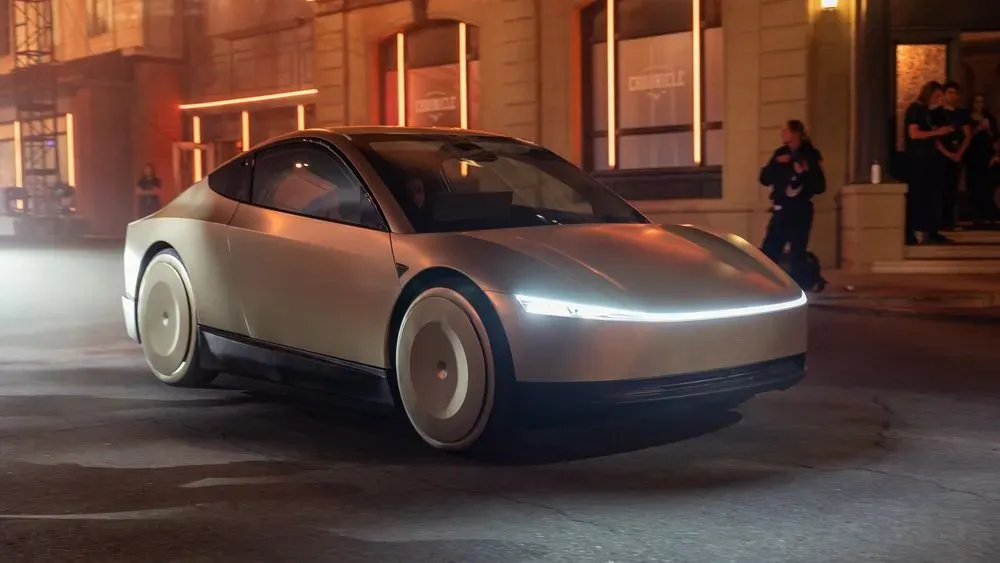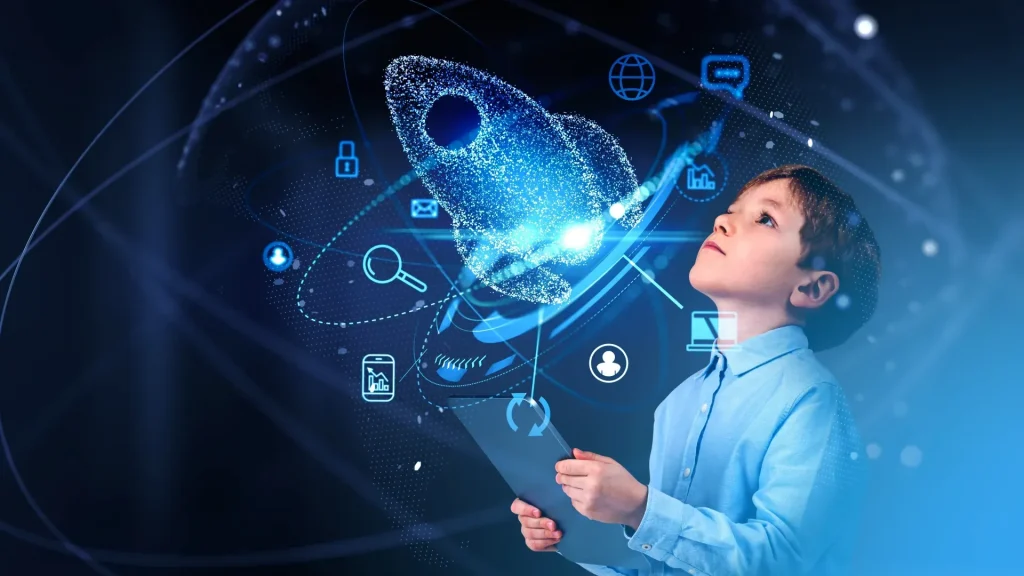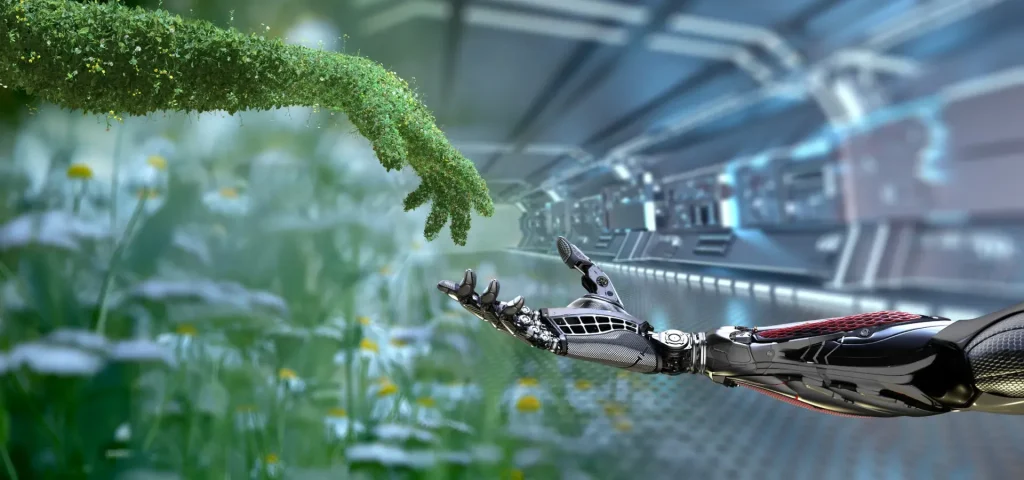The recent move by Tesla to expand its Robotaxi operations to Phoenix is generating significant buzz in the electric vehicle news sphere. Following a successful pilot program in Austin, Texas, Tesla is seeking approval for autonomous vehicle testing in Arizona, aiming to create a robust network of Robotaxis similar to the established Waymo driverless service. This initiative not only reinforces Tesla’s commitment to innovation in autonomous transport but also highlights its competitive stance against other players in the market. As Tesla pioneers the integration of its advanced electric vehicles with cutting-edge AI technology, the potential for a high-performance Tesla Phoenix Robotaxi fleet comes into sharper focus. With the California Department of Motor Vehicles scrutinizing their self-driving capabilities and Waymo’s reigning success, the stakes are higher than ever for Tesla’s Robotaxi expansion to prove its mettle in the evolving landscape of driverless technology.
The latest news surrounding the expansion of Tesla’s autonomous vehicle service marks a pivotal moment in the realm of self-driving transportation. As the company strives to establish its Tesla Robotaxi fleet in Phoenix, many are comparing it to existing driverless programs like the one from Waymo. This endeavor not only reflects the ongoing competition in the driverless car sector but also points to the broader trend of cities embracing electric and autonomous technologies. With the recent testing of robotic taxis in locations such as Austin, and an eye on further testing across Arizona, the evolution of transport is unfolding before our eyes. The strategic moves by companies like Tesla signify a crucial shift toward a future where electric mobility and AI converge seamlessly.
Tesla Robotaxi Expansion Strategies
Tesla’s recent application to expand its Robotaxi service to Phoenix is emblematic of the company’s broader strategy to cement its presence in the autonomous vehicle market. By entering Arizona, Tesla aims to replicate the successful deployment initiated by Waymo in 2020, thereby enhancing its competitive edge in the rapidly evolving landscape of electric and self-driving vehicles. Tesla’s Robotaxis, equipped with advanced automated driving systems, seek to attract riders in a market where demand for innovative transportation solutions is rising. The focus on testing in an urban area like Phoenix allows for valuable data collection to refine Tesla’s technology and operational protocols.
The expansion into Arizona follows the trial phase in Austin, Texas, and represents Tesla’s commitment to pushing the envelope on electric vehicle innovation. The company’s strategy emphasizes not only operational testing but also learning from initial pilot programs to improve the safety and reliability of its Robotaxi fleet. Plans for potential upgrades and adjustments, based on real-world data from Pilot programs, could lead the way to a successful launch of the Tesla Robotaxi service in Phoenix, directly challenging the current market leader, Waymo.
Comparing Tesla Robotaxi and Waymo Driverless Services
The competition between Tesla Robotaxi and Waymo is heating up as both companies strive to dominate the autonomous vehicle landscape. Waymo’s driverless service has been operational in Phoenix since 2020, setting a benchmark in the industry that Tesla aspires to meet. While Waymo utilizes a mix of hardware solutions including LiDAR to navigate safely throughout complex urban terrains, Tesla leans towards a more sustainable, camera-based approach, which it argues is more cost-effective. This difference in operational strategy may ultimately influence consumer preferences as both companies roll out their services.
For Tesla, catching up to Waymo is not just about technology but also about public perception. As it faces criticism for initial pilot programs that recorded safety issues, such as traffic law violations in Austin, Tesla must ensure that the reliability of its Robotaxis is demonstrated during future testing phases. The current landscape creates a healthy competitive tension that ultimately benefits consumers, as advancements in autonomous vehicle capabilities and electric vehicle technologies continue to emerge.
Autonomous Vehicle Testing and Safety Regulations
As Tesla embarks on its journey to expand Robotaxi testing in Arizona, it must navigate a complex regulatory environment concerning autonomous vehicle operations. The federal National Highway Traffic Safety Administration (NHTSA) plays a key role in overseeing compliance pertaining to safety standards. The scrutiny that Tesla faces due to its early pilot program initiatives, where incidents were reported, highlights the need for strict adherence to safety protocols during testing phases. Such engagement with regulatory bodies could further propel Tesla’s efforts to streamline operations while ensuring public safety.
The push for autonomous vehicle testing comes against a backdrop of increasing regulatory focus on the capabilities and functionality of self-driving technologies. For Tesla to succeed in its Arizona aspirations, it must not only adhere to the mandates set forth by NHTSA but also demonstrate proactive measures towards enhancing passenger safety. As other competitors, including Waymo, experience scrutiny themselves, the emphasis on regulatory compliance remains crucial for the long-term sustainability of autonomous vehicle services in metropolitan expanses.
Challenges Faced by Tesla Robotaxi Pilot Programs
The implementation of Tesla’s Robotaxi pilot in Austin has not been without its challenges. Early tests indicated vulnerabilities in their automated systems, prompting Tesla to reevaluate certain operational parameters. Incidences involving traffic infringements and unexpected interactions with other vehicles have put Tesla in the spotlight, with the NHTSA watching keenly. Addressing these challenges will be paramount as the company looks to diversify its operations beyond Texas and make a strong entrance into the Arizona market.
Moreover, public perception plays a pivotal role in the success of autonomous vehicle initiatives. Following viral incidents recorded by riders, Tesla must work hard to rebuild trust and demonstrate the safety and efficacy of its Robotaxi fleet. Transparency in reporting issues and publicly sharing advancements can foster a more positive reception as their trials expand. The successful resolution of these challenges is critical to Tesla’s long-term strategy and stability in the ever-competitive autonomous vehicle arena.
The Future of Electric Vehicles and Robotaxi Services
Looking ahead, the future of electric vehicles, particularly Tesla’s Robotaxi services, is poised for significant transformation. With increasing demand for sustainable transportation solutions, the integration of autonomous technologies into everyday mobility networks is evident. Tesla’s continuous innovation, including the recent application to operate in Phoenix, showcases its commitment to addressing urban transportation needs through electric vehicle solutions. This push could potentially revolutionize how consumers view ride-sharing, making electric Robotaxis a preferred choice for eco-conscious passengers.
The synergy between electric vehicles and autonomous driving technologies aligns with broader environmental goals. As cities evolve towards greener transportation infrastructures, the successful implementation of Tesla’s Robotaxi service becomes essential. If embraced by the public and compliant with safety standards, Tesla could redefine urban travel while influencing other markets, much like Waymo has. The shift towards Tesla’s Robotaxi expansion will likely spur further advancements in both electric and autonomous vehicle development.
Technological Innovations in Tesla Robotaxi Development
The technological advancements contributing to Tesla’s Robotaxi development are noteworthy, particularly when considering the advances in AI and machine learning. Tesla’s approach prioritizes software enhancements, allowing its vehicles to learn from driving patterns in diverse environments dynamically. This innovation facilitates better decision-making capabilities for the Robotaxis, which are essential in navigating the bustling streets of cities like Phoenix. Continuous updates and data analysis are integral to refining Tesla’s system, thus boosting operational efficacy in real-world settings.
Additionally, Tesla is committed to leveraging its existing infrastructure, which includes the Supercharger network, to improve the availability of its Robotaxi service. Electric vehicle charging considerations will play an essential role in the operational strategy as the fleet grows. By enhancing charging efficiency and location accessibility, Tesla can minimize downtime and improve the service frequency for consumers, directly influencing user experience and satisfaction with the Robotaxi offering.
Market Trends in the Autonomous Vehicle Space
The expansion of Tesla’s Robotaxi initiative aligns with prevailing market trends indicating a robust interest in both electric and autonomous vehicles. The global shift towards sustainable energy solutions has sparked new consumer demand and investment in the EV sector. As Tesla prepares to launch its service in Phoenix, understanding these trends will be critical in positioning its offering against competitors like Waymo, which has already established a substantial foothold. Consumers are increasingly favoring brands that prioritize sustainability, making the Robotaxi’s electric nature a relevant selling point.
In addition to consumer preferences, regulatory frameworks surrounding autonomous vehicles are evolving to accommodate these innovations. Market trends suggest that regions prioritizing technological advancements will attract companies eager to test their solutions in real-world environments, fostering a competitive atmosphere in cities like Phoenix. Tesla’s entry into this space signals a willingness to adapt to market needs while addressing compliance issues effectively, which will be pivotal as the company scales its operations.
Consumer Acceptance of Autonomous Transportation
Consumer acceptance is crucial for the success of any autonomous vehicle initiative, and Tesla’s Robotaxi service is no exception. Public perception of safety, reliability, and cost-effectiveness will ultimately determine the long-term viability of Tesla’s offering. As the company moves into Arizona, it must engage actively with the community, addressing concerns and needs through public demonstrations and transparent communications. Building confidence in the technology is vital and can be achieved by showcasing successful trials and data-driven results.
Education plays a key role in fostering consumer acceptance. By informing potential riders about the safety measures in place, including the presence of human safety drivers during initial phases, Tesla can alleviate fears surrounding autonomous travel. Engaging existing Tesla owners and media through beta programs can also create positive word-of-mouth, which is instrumental in enhancing public perception. Successful deployment and the gradual acceptance of such technologies will pave the way for more profound acceptance in the future.
The Role of Tesla in Shaping Urban Mobility
Tesla plays a significant role in shaping urban mobility, particularly with its plans to expand the Robotaxi service across major metropolitan areas. By introducing autonomous electric vehicles into the cityscape, Tesla not only represents a shift toward sustainable transportation but also addresses pressing urban challenges such as traffic congestion and environmental pollution. The expected proliferation of Robotaxis could lead to decreased vehicle ownership rates as more consumers opt for on-demand mobility solutions, ultimately reinventing how we think about transportation.
With cities continually evolving, the integration of Tesla’s Robotaxi service could create new norms for public transport. Such a shift may influence urban planning, as city officials consider the infrastructure needed to support autonomous vehicles effectively. Tesla’s emphasis on innovative technology could lead other municipalities to follow suit in establishing supportive ecosystems for electric and autonomous vehicles. The growing presence of Robotaxis could transform how urban environments function, facilitating smarter, greener, and more efficient public transport systems.
Frequently Asked Questions
What is Tesla’s plan for Robotaxi expansion in Phoenix?
Tesla intends to expand its Robotaxi service to Phoenix, Arizona, following its initial pilot program in Austin, Texas. The company has applied for permission to test and operate these autonomous vehicles both with and without human safety drivers in the Phoenix Metro area, aiming to offer a comprehensive Robotaxi service similar to Waymo’s established operations.
How does Tesla’s Robotaxi pilot in Austin compare to Waymo’s driverless service?
Tesla’s Robotaxi pilot in Austin, which began in June 2025, utilizes Model Y SUVs equipped with advanced automated driving systems. In contrast, Waymo has been operating a fully driverless robotaxi service in Phoenix since 2020. While both companies aim for autonomous mobility, Tesla focuses on a camera-based system, differentiating itself from Waymo’s use of LiDAR technology.
What are the challenges faced by the Tesla Robotaxi pilot in Austin?
The Tesla Robotaxi pilot in Austin has encountered difficulties, including incidents where the vehicles violated traffic regulations and an event where one collided with a parked car. These challenges have drawn attention from the National Highway Traffic Safety Administration (NHTSA), highlighting the operational hurdles Tesla must address as it seeks to expand its Robotaxi services.
When can we expect updates on Tesla’s Robotaxi expansion plans?
Tesla is expected to provide updates on its Robotaxi expansion plans during its second-quarter earnings call on July 23, 2025. This will include insights into the pilot in Austin and potential timelines for launching the Robotaxi service in Phoenix, Arizona.
Are there safety measures in place for Tesla Robotaxi passengers?
Yes, during the Tesla Robotaxi pilot tests, each vehicle is accompanied by a human safety supervisor who can intervene if needed. This oversight aims to ensure passenger safety as Tesla conducts its autonomous vehicle testing, both in Austin and plans for expansion to Phoenix.
What feedback has Tesla received from its Robotaxi pilot program?
Feedback from the Tesla Robotaxi pilot program in Austin has been mixed, with some passengers reporting issues such as traffic violations and safety concerns. These instances have raised questions about the system’s maturity and readiness for broader deployment, especially as Tesla looks to expand its Robotaxi operations to Phoenix.
How does Tesla’s Robotaxi expansion fit into the broader electric vehicle news?
Tesla’s Robotaxi expansion is a significant development in the electric vehicle news landscape, as it directly competes with established services like Waymo’s in Phoenix. This move highlights Tesla’s commitment to lead in autonomous driving solutions and its strategy to dominate the growing demand for electric mobility.
What are the implications of Tesla’s Robotaxi expansion for the autonomous vehicle industry?
Tesla’s Robotaxi expansion into markets like Phoenix signifies a critical competitive push against Waymo and other players in the autonomous vehicle industry. As Tesla seeks to refine its technology and operational strategies, the outcomes of its pilot tests may influence industry standards, public perception, and regulatory policies surrounding autonomous mobility.
| Key Points |
|---|
| Tesla has applied to test and operate its Robotaxis in Arizona, confirmed by CNBC. |
| This expansion follows a pilot test of robotaxis in Austin, Texas, which began in June. |
| Waymo, owned by Alphabet, started a public driverless robotaxi service in the Phoenix area in 2020. |
| Tesla’s application includes testing vehicles with and without human safety drivers in Arizona. |
| Tesla’s operator’s system involves remote monitoring and human oversight during rides in Austin. |
| Challenges in Austin include safety incidents and traffic regulation breaches, causing scrutiny from NHTSA. |
| Tesla aims to expand its service to the San Francisco Bay Area in the near future, according to Elon Musk. |
Summary
Tesla Robotaxi expansion into Phoenix marks a significant step for the company as it seeks to enhance its autonomous vehicle operations. Following the testing in Austin, where the company faced some challenges, this move against market leader Waymo demonstrates Tesla’s ambition to grow its presence in the robotaxi sector. With the potential to revolutionize transportation and address regulatory hurdles, the expansion could potentially reshape the landscape of autonomous driving in Arizona and beyond.



